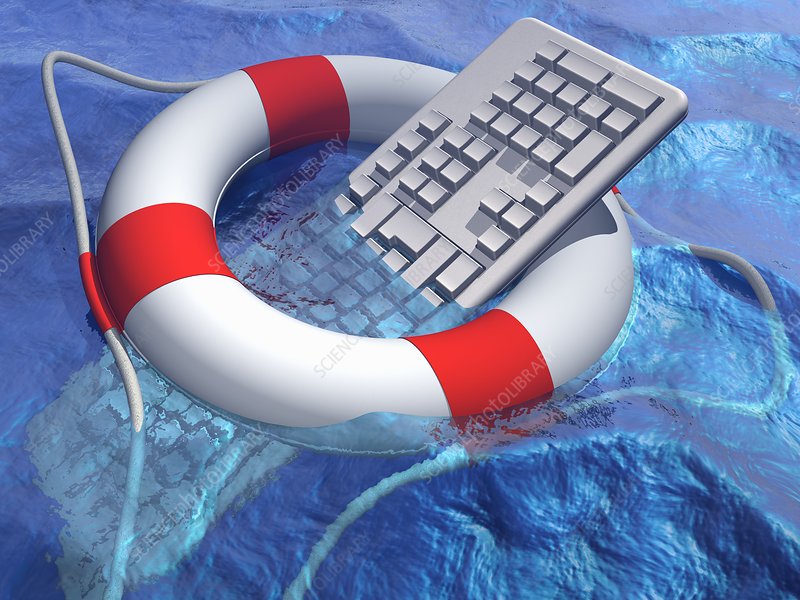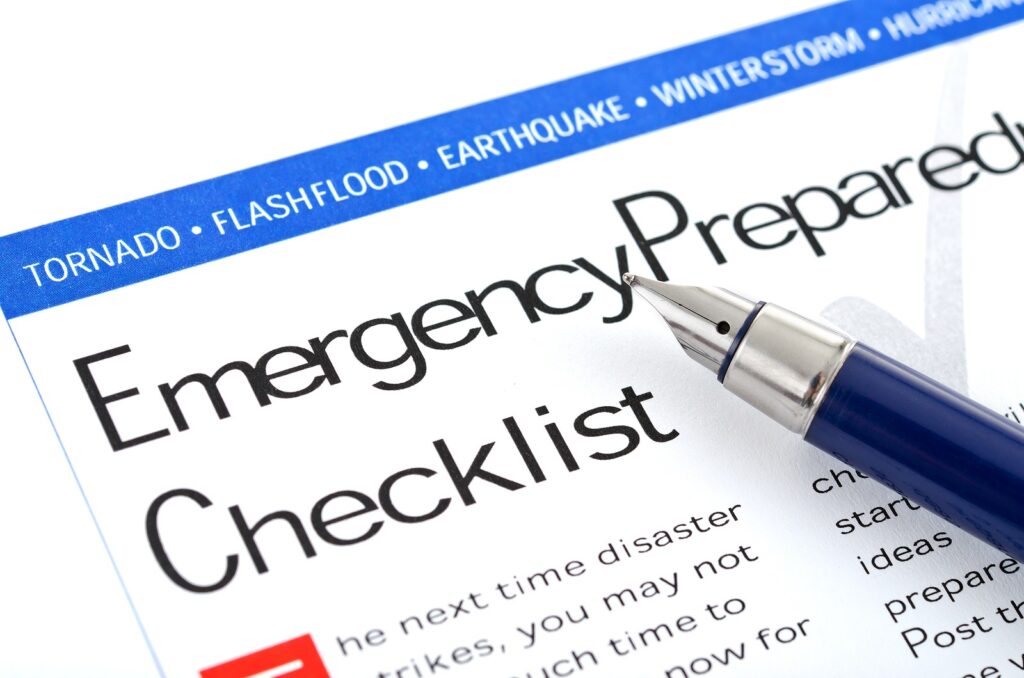Disasters can have profound and lasting impacts on businesses. Studies show that 40% to 60% of small businesses fail to reopen after a disaster.
For many, the effects extend beyond direct physical damage to include staffing issues, supply chain disruptions, and decreased customer traffic due to the overall impact on the surrounding community. Without proper preparation, these disruptions can lead to financial instability and, ultimately, permanent closure.
For business owners, disaster preparedness is not just about recovery; it’s about proactive resilience. By taking the necessary steps now, businesses can minimize operational disruptions, shorten recovery time, and protect local economies and livelihoods. The question is: How can businesses prepare effectively?

The Value of Disaster Preparedness
Disaster preparedness is defined as “measures taken to prepare for and reduce the effects of disasters.” Small businesses, in particular, must identify potential risks and implement strategies to mitigate both direct and indirect impacts. Successful disaster preparedness ensures businesses can stay operational during a crisis or reopen quickly afterward, maintaining revenue streams and protecting jobs.
Here’s a strategic approach to disaster preparedness:
1. Identify Hazards and Risks
Businesses should conduct risk assessments to determine vulnerabilities, including:
- Environmental risks: Floods, fires, hurricanes, earthquakes.
- Operational risks: Power outages, cyberattacks, theft.
- Economic risks: Market downturns, inflation, supplier failures.
- Community risks: Local infrastructure damage, disruptions affecting customer access.
Each identified risk should be evaluated for its potential impact, such as data loss, supply chain failures, or forced business closures.
2. Implement Risk Reduction Measures
Once risks are identified, businesses should proactively mitigate potential disruptions:
- Diversify suppliers to avoid dependency on a single, disaster-prone source.
- Strengthen cybersecurity to prevent data breaches or ransomware attacks.
- Invest in emergency power solutions, such as backup generators.

3. Utilize Existing Assets During Emergencies
Businesses should identify internal resources that can help during a crisis, such as:
- Cloud-based storage to secure data against physical damage.
- Remote work capabilities to maintain operations in the event of office inaccessibility.
- Cross-training employees to ensure continuity in key roles.
4. Integrate Preparedness into Daily Operations
Disaster planning should not be a one-time exercise—it must become part of business culture:
- Conduct regular drills for emergency response scenarios.
- Establish protocols for communication during a disaster.
- Encourage employees to develop their own emergency preparedness plans.
5. Plan for Long-Term Disruptions
Some disasters may cause prolonged disruptions. Businesses should plan for:
- Extended closures or loss of customer demand.
- Financial reserves or alternative revenue streams.
- Business interruption insurance to cover losses during recovery.
Interestingly, businesses in certain industries, such as disaster recovery services or construction, should anticipate an increase in demand post-disaster and plan accordingly.

6. Secure Comprehensive Insurance Coverage
Insurance is a critical component of disaster preparedness. Business owners should:
- Explore multi-hazard policies covering flooding, fire, theft, and power outages.
- Consider business interruption insurance to mitigate financial losses during forced closures.
- Work with insurance experts to assess the best coverage options.
7. Implement Physical Risk Mitigation Strategies
Where possible, businesses should take physical measures to reduce disaster impact:
- Install fire suppression systems.
- Utilize flood barriers to prevent water damage.
- Secure temperature-sensitive inventory with backup power solutions.
Conclusion: Proactive Planning Saves Businesses
Disaster preparedness does not have to be expensive or time-consuming. Many businesses mistakenly believe they can deal with issues as they arise, but preparing in advance is key to ensuring long-term sustainability. A small investment today could mean the difference between survival and closure tomorrow.
Consider what would happen if a disaster struck tomorrow. Would your business survive? If not, what can you do today to change that outcome?
By making disaster preparedness a priority now, businesses can safeguard their operations, employees, and the communities they serve. The question isn’t if a disaster will happen, but when—and prepared businesses will always have the upper hand.
Don’t wait until a disruption threatens your financial stability. Take proactive steps today to safeguard your business and ensure long-term success. Contact us now to explore reliable solutions that keep you resilient in any situation!





